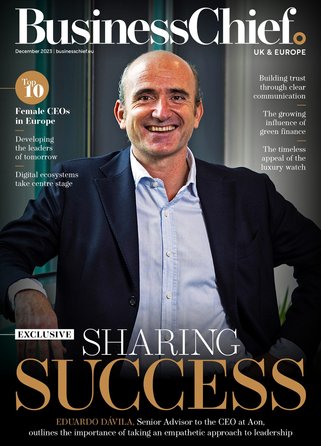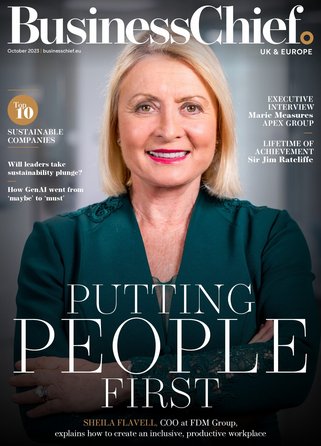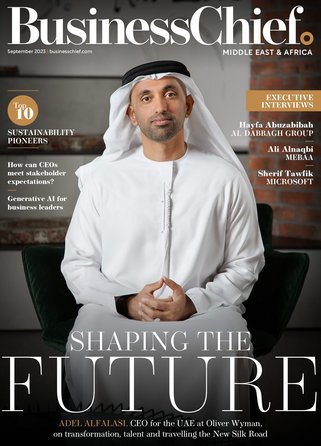Unilever to accelerate growth in the US, China and India

Despite what has been a volatile and unpredictable year for all business, one of the world’s largest consumer goods businesses, Unilever, has shown “resilience and agility” reporting underlying sales growth of 1.9%, according to the company’s recently released Full-Year 2020 Financial Results.
In light of Unilever’s growth in certain areas and markets in 2020, including its 61% growth in ecommerce and 1.2% emerging markets growth, the company has laid out its strategic goals for 2021 and beyond.
Unilever refocuses business in 2020
Having refocused the business earlier in 2020 on competitive growth, and the delivery of profit and cash as the best way to maximise value, Unilever managed to deliver a step change in operational excellence through its focus on the fundamentals of growth.
This resulted in the company winning market share in more than 60% of its business in the last quarter of 2020, generating an underlying operating profit of €9.4 billion and free cash flow of #7.7 billion, an increase of €1.5 billion.
More than that, however, Unilever also progressed its strategic agenda, building on its existing sustainability commitments with ambitious new targets and actions, most recently “our plans to help build a more equitable and inclusive society”, states CEO Alan Jope.
Moving into 2021 in good shape, and with what the company describes as a “purpose-led, future-fit business model”, Unilever has set out its plans to drive long-term growth.
As well as the company’s continued and long-term strategic goals of building a purpose-led, future-fit organisation, being powered by purpose and innovation both in company thinking and through its brands, Unilever has outlined a number of goals that in light of the changes of 2020 will take the 130-year-old business into 2021 and beyond.
Develop portfolio into high-growth spaces
With its powerful portfolio of leading category and brand positions, Unilever’s goal is to position the company in the categories that will drive future growth, a strategy that will guide its investments and acquisitions moving forward.
While the company hasn’t confirmed which categories or growth areas it will focus on, those that grew in 2020 are likely to guide the company’s decision-making.
Unilever’s home and hygiene brands delivered high-teens volume-led underlying sales growth with demand for products with germ-killing and antibacterial benefits. Lifebuoy hygiene brand grew 50%, while Domestos, which was launched in China and introduced spray and wipe formats, grewover 25%. The company’s retail foods business grew double digits, as restricted living led to more in-home eating occasions for consumers, and its plant-based brand The Vegetarian Butcher grew over 70%.
Lead in the channels of the future
Unilever further outlined its strategic goal to position its business for success in the channels of the future with a focus on ecommerce and digitising the distributed trade, underpinned by advanced shopper insight as the consumer and customer landscape continues to evolve. Unilever’s ecommerce grew by 61% in 2020 and is now 9% of all Unilever sales worldwide.
Accelerate growth in US, India and China
Unilever further outlined its strategic goal to accelerate in the US, India and China and leverage its emerging markets strength. The company has strong brand and category leadership positions in all three countries with around 35% of its turnover coming from those three countries alone and “we believe we can bring sharper focus in those geographies and build even stronger positions”.
While the strict lockdowns in China and India led to market declines for Unilever in the first and second quarters of 2020, respectively, the company saw both markets return to growth with China having normalised in many categories and economic activity in India picking up.
“Emerging markets grew 1.2% as China and India returned to growth,” commented Jope, with China in particular “delivering high single digit growth in the second half”.
Meanwhile, developed markets grew 2.9%, led by particular strength in North America in-home foods.
Unilever acknowledges that there is also significant opportunity beyond these markets and “we will continue to build on our strong operating businesses in the world’s fastest growing economies”.



